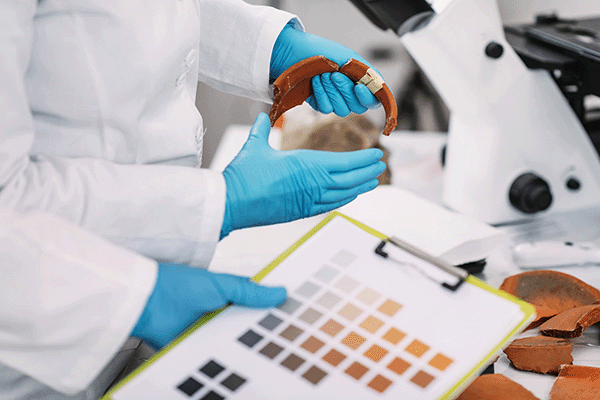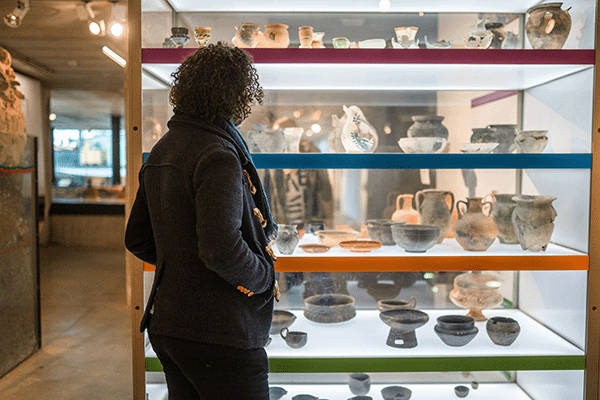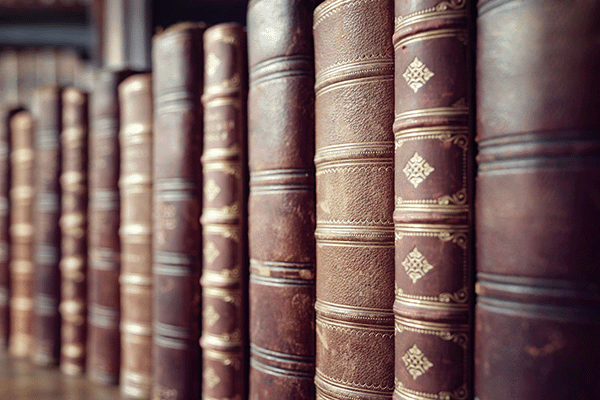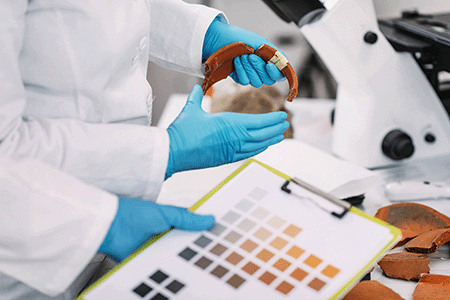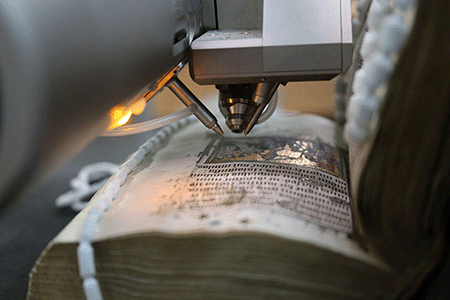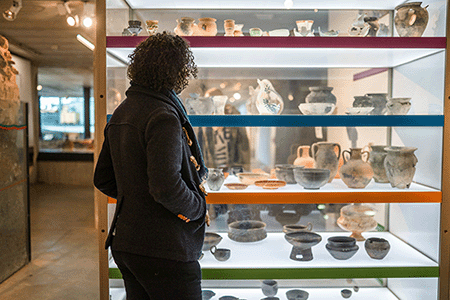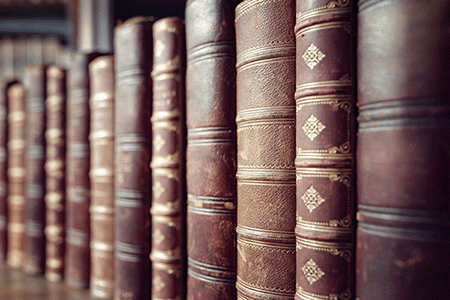In March 2025, the University of Liverpool will host the very first RICHeS regional workshop: Digital and Heritage Science. This exciting event highlights the transformative role that digital tools and technologies play in advancing heritage science and conservation.
Learn more about the event here: RICHeS Regional Workshop: Digital and Heritage Science – RICHeS
The digital transformation of heritage science
Heritage science, applying scientific methods to the conservation and engagement of our heritage, has undergone a transformation over the past few decades. With the advent of Industry 4.0, digital technologies such as 3D modelling, digital twinning and AI driven analysis are now integral to RICHeS’ distributed research infrastructure, opening new avenues for both current and the future heritage science and conservation efforts. As noted in the 2024 review, Beyond Heritage Science, digital technologies are revolutionising the field by enhancing our ability to study, preserve and engage with heritage.
Showcasing innovation: RICHeS in action
At the RICHeS launch event in October 2024, RICHeS proudly demonstrated the power of digital innovation by showcasing a 3D model of a medieval St Christopher stone statue from Norton Priory Museum and Gardens. This example illustrates how digital technologies can both enhance conservation practices but also improves public accessibility.
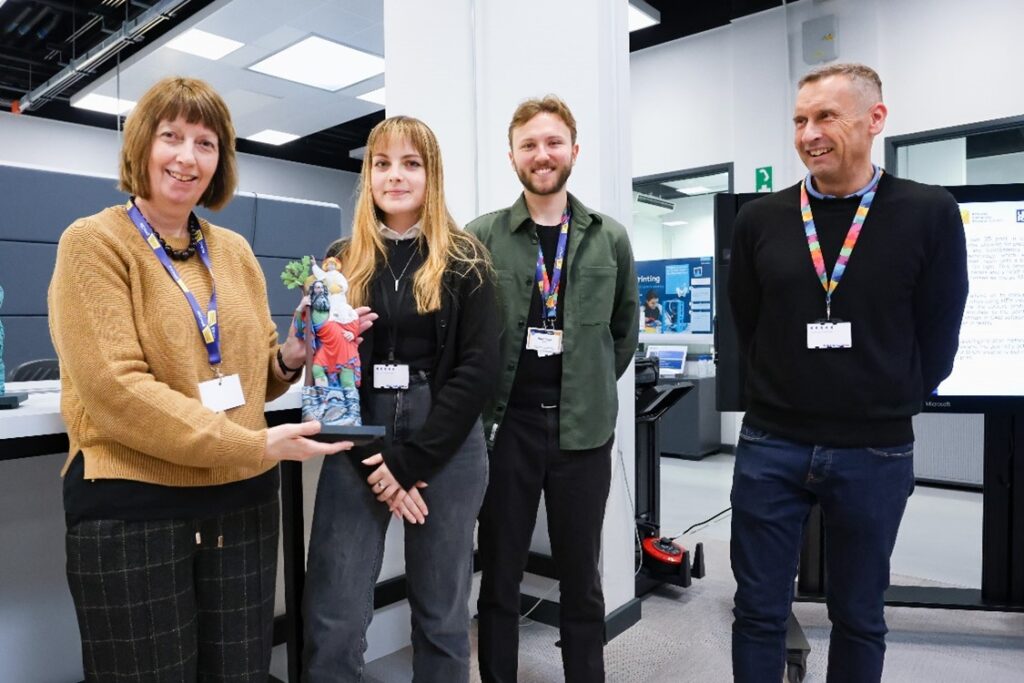
From left to right, Norton Priory Museum and Gardens Senior Keeper, Lynn Smith displays the new 3D model of its St Christopher Statue created by colleagues at Daresbury’s Science and Technology Facilities Council (STFC), Reda Simbelyte, Sean Youd and Andrew Conley
There are additional examples from the RICHeS-funded Tranche 1 projects including updates on using scientific techniques for caring for historic tapestries at Historic Royal Palaces, innovative applications of spectroscopy to read sealed letters at the National Archives and research on archaeological bones and the origins of a taxidermy gorilla at the University of Nottingham. As the RICHeS Tranche 1 projects continue to grow in capability and capacity, we look forward to celebrating many more breakthroughs in heritage science.
Digitising collections and enhancing accessibility
Digital tools are fundamental to RICHeS commitment to ensure that heritage science equipment, expertise, resources and research data are accessible to the heritage science and conservation sector. Leading this initiative is the Heritage Science Data Service (HSDS), who will provide RICHeS’ virtual infrastructure. Building on the Archaeology Data Service, this platform will provide a digital foundation for sharing and accessing open-access data, ensuring that the benefits of heritage science research are far-reaching.
Across many RICHeS projects, work will be undertaken to digitise collections, where copies of the physical original are created to support research and access. The University of Liverpool’s Garstang Museum of Archaeology, in partnership with National Museums Liverpool (NML), is working to locate and make visible the archaeological collections of John Garstang in a dedicated online portal. Similar initiative are underway across other RICHeS projects where further collections will be digitising for research and public engagement. For details on our 31 projects, please visit What We Have Funded page.
AHRC investment in digital heritage
The momentum behind digital heritage is strongly supported by significant investments. In December 2024, Arts and Humanities Research Council (AHRC) Executive Chair, Professor Christopher Smith emphasised the need to build a national capability that supports the country’s future agenda. A prime example is the Towards a National Collection (TaNC) programme that is breaking down barriers between the UK’s outstanding cultural heritage collections. In November 2024, TaNC published their policy recommendations: Unlocking the Potential of Digital Collections – A Call to Action urging collaboration to create a unified digital collection. This initiative aims to position the UK as a global leader in collections-based research and includes a dedicated training programme to support Galleries, Libraries, Archives and Museums (GLAM) professionals.
Additionally in 2024, AHRC announced a £155 million investment into a 10-year programme to digitise the UK’s natural science collections through DISSCo UK, an integral part UKRI’s Digital Research Infrastructure Programme.
The future of digital heritage science
As heritage science and conservation continue to evolve, digital tools and technologies will play an increasingly vital role. With our commitment to digitisation and open-access data, RICHeS is leading on supporting excellence, collaboration and innovation that will extend far beyond the individual projects.
Want to be part of the conversation? Join us in Liverpool!

